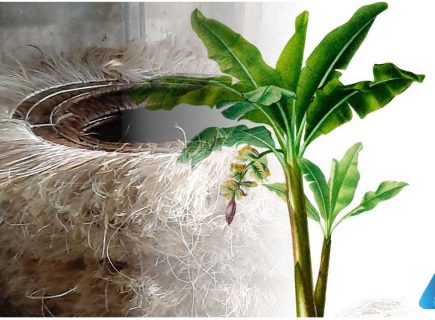Abaca Fiber is a bast fiber. The fiber is extracted from the stalk of the plant. Abaca fabric is 100% eco-friendly and capable of lasting for years. It is also known as Manila hemp. Abaca is a Musasea family plant native to Asia.
Chemical Composition of Abaca Fiber:
| Parameter | Percentage (%) |
| Cellulose | 76.6% |
| Hemicellulose | 14.6% |
| Lignin | 8.4% |
| Pectin | 0.3% |
| Wax and fat |
0.1% |
Abaca Fabric
Abaca fabric is 100% eco-friendly and capable of lasting for years. You can make tropical handicrafts; home goods, wall coverings, rugs, and more with Abaca Cloth.
Applications
Abaca cloth can be used for indoor or outdoor applications and is versatile enough to accommodate landscaping and design projects.
Use Abaca Cloth as cabana matting, wall coverings, wainscoting, and landscaping design pieces. For an additional tropical touch, wrap rusted patio beams or plant pots in your backyard.
The banana fiber used to make Abaca Cloth rolls is a very strong material that is also used to make rope and string.
If you’re looking to use Abaca for crafting purposes; this material acts as a great gift wrap, table skirting; and wedding decoration. Twist or bend Abaca around vases or flower bouquets for added texture and style.
Benefits of Abaca Fiber
Growing abaca is beneficial to the environment; as it promotes biodiversity and prevents soil erosion. The waste products may also be used as a fertilizer.
A recent innovation has seen abaca used to make denim. Much more sustainable than cotton; abaca would make great jeans as it is durable, strong and highly breathable.
Although abaca denim is costly at the moment, as its development is at a primary stage; it would become more economical if mass-produced.
You May Also Read:
- Kenaf Fiber Properties and Uses
- Bombax Cotton Fiber | Properties and Uses
- Kapok Fiber Properties | Uses | Harvesting Process
